Anything designed by a committee can end up being a disaster.
But this bushcraft/survival knife, designed by a group of bushcraft experts, may prove an exception to that rule.
by Leon Pantenburg
About 10 years ago the Brothers of Bushcraft set out to design the ultimate bushcraft knife. The Fieldcraft is the result.
Best bushcraft knife? Hasn’t that dead horse been beaten enough? But the discussion goes on, because none of us can quite define what our individual best bushcraft knife might be.
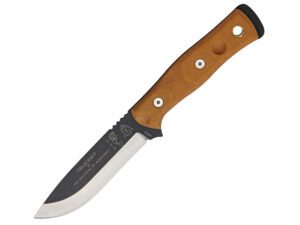
The Fieldcraft is a simple, durable survival tool.
Does this knife need to have a long, thick blade for better wood processing? Or should it be able to do fine carving? Does the blade need to be thin enough to make a passable fish filleting knife? How about blade length – how do you decide on that? How much will the blade be used in gutting, skinning and quartering big game animals?
The Brothers of Bushcraft is a website, based around seven men, from all over North America. Their skills range from the ancient arts of primitive technology, all the way to modern wilderness and urban survival, according to the website.
The Fieldcraft Knife has had heavy duty abuse, and testing done in the wilderness of Canada, the website claims, where local survival experts Mors Kochanski, Dr. Gino Ferri, and many others deemed it a “Serviceable Field Knife”.
Here are the Brothers of Bushcraft Fieldcraft specs:
Overall length: 10 inches
Blade length: 4-1/2 inches
Blade thickness: 3/16 inch
Steel: 154 CM
Handle: Micarta
Grind: modified Scandinavian Grind
Pommel: Designed for striking ferro rods.
Sheath: Kydex, with a steel belt clip.
I carried the BOB knife on a Mississippi River canoe guide trip recently, and used it for a variety of tasks. It was also loaned out. Quapaw Canoe Company guides carry knives on their belts, in the event there is some need to cut a rope loose or some such emergency task. I would not have carried the BOB if I had any doubts about its capabilities.
Here is what I discovered.
Overall length: At 10 inches overall, the Fieldcraft was comfortable to wear on my belt under a life jacket. It was not too long or unwieldy. It didn’t get in the way when I was paddling or steering the 29-foot-long canoe.
Blade length: At 4-1/2 inches, this blade hits the sweet spot for length, as far as I’m concerned, for optimal use. That length is long enough to be useful, but not unwieldy; short enough to be nimble and agile in the hand.
Steel: 154 CM steel is one of “better” steel varieties made for cutlery and other knife blades, according to knifeup.com. It’s not a powder steel (CPM154 would be the powder version), but it’s a commonly-used steel for a higher grade knife. It is an exceptionally good balance, the website says, between three attributes of toughness, hardness, and corrosion resistance.
The steel holds an edge very well, and it has a Rockwell hardness of between 56 and 58.
Grind: The cutting edge is a modified Scandinavian grind, which is very effective for carving, skinning and other general woods work. The scandi grind is excellent for teaching beginners how to sharpen the edge – just lay the blade flat on the stone on the grind and alternate strokes.
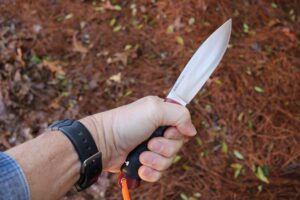
For a handle to work for me, my fingertips should not touch my palm when gripping the knife.
Sheath: The sheath is a strong, durable Kydex, with a steel belt clip. This arrangement allows a safe, secure and comfortable carry on the belt, pack strap, or around the neck. It has a built in Ferro rod attachment point.
Handle: The handle is micarta, which is one of the toughest handle materials available. That said, several of my go-to user knives have wooden handles. These include my Bark River Bravo 1.25 LT and Ambush Tundra. One of my UP Bravos is being rehandled in elk antler.
The micarta handle features a divot that can be used as the socket for fire bow drill firestarting. I found the handle to be a good diameter for my size large hands. Steady use didn’t create any hot spots on my hand. Also, the 5-1/4-inch handle is long enough for extended use, even when wearing gloves. The hole at the end is large enough to put a thick lanyard cord through. A bushcraft knife should have a lanyard.
Ferro Rod: The unit is a bundle of three rods with a ferro rod and magnesium. I didn’t care for this setup – the small diameter Ferro rod will wear out quickly under regular use and the magnesium is of limited value. I would replace that bundle with a solid 3/8-inch ferro rod.
Pommel: On the exposed pommel is a specially designed scraper for striking Ferro rods. It works as expected. in a safe and efficient manner.
Nobody asked me to help design the knife, but I figure you read this far to get my opinions. (Thanks, by the way!) This is a hard knife to nit-pick.
Blade thickness: The Fieldcraft’s blade is 3/16″ thick, and as far as I’m concerned the blade is too thick. I used a Cold Steel SRK for some 20 years as a hunting/survival knife, with a similar thick blade. The thickness was never needed and added unnecessary weight and bulk. The thickness affected its usefulness in the camp kitchen, and forget trying to fillet fish with it.
In some 50+ years of outdoor rambling and hunting, I’ve never broken a blade. With today’s super steels, you don’t need extra bulk in the blade.
Weight: I didn’t weigh the knife, but it is hefty. IMHO, it is too heavy for a knife that would need to be carried every day.
Grind: I prefer convex to all other grinds. The scandi is a fine choice for woodworking or splitting wood. It sucks for slicing. I do more slicing and skinning with my blades, so the Fieldcraft’s grind is not the best choice for me.
This is a difficult knife to critique or find something wrong with, because it checks all the boxes. If you don’t have a hard use bushcraft knife, this is a good one to consider getting. It wouldn’t let you down.
Please click here to check out and subscribe to the SurvivalCommonSense.com YouTube channel – thanks!

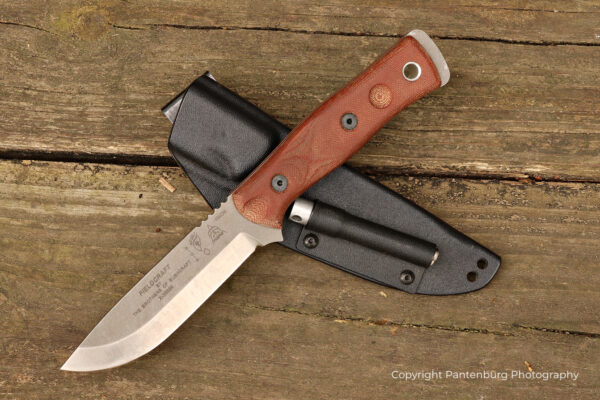
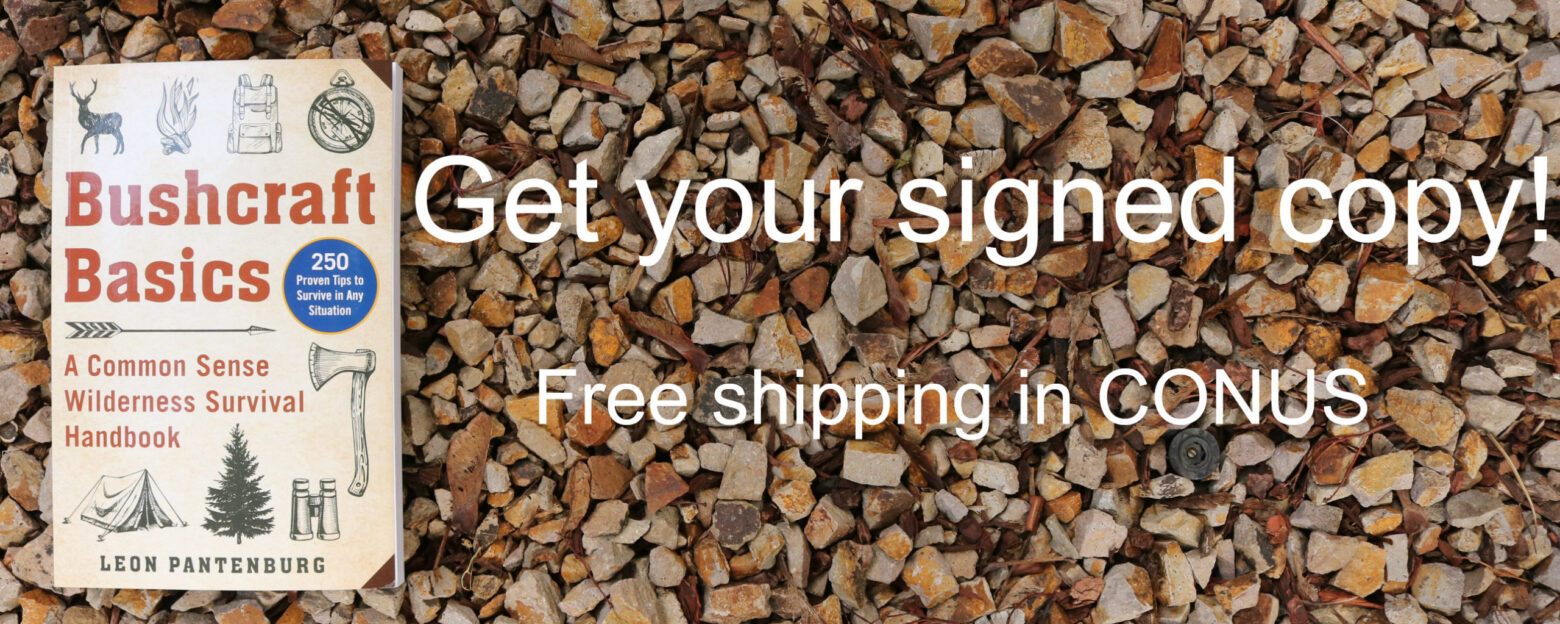
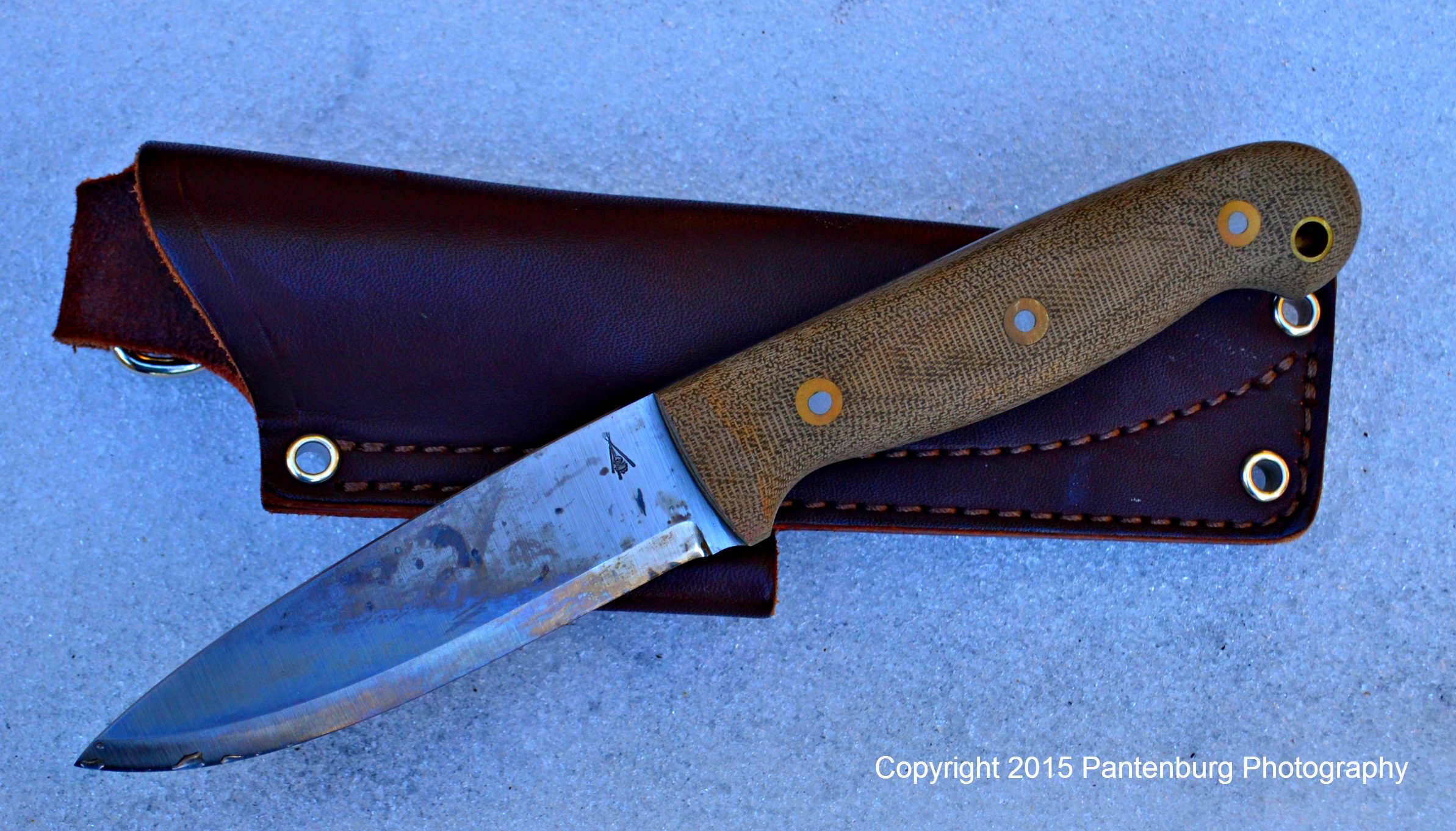
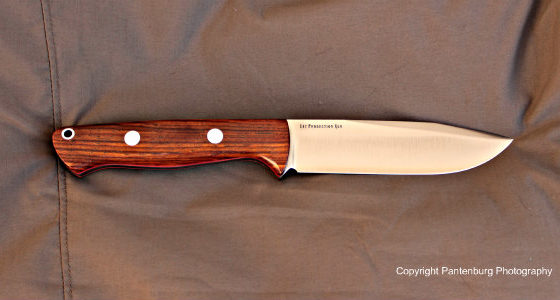
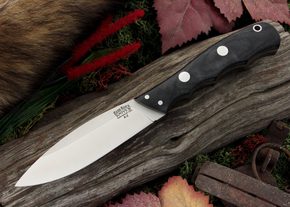
Leave a Reply